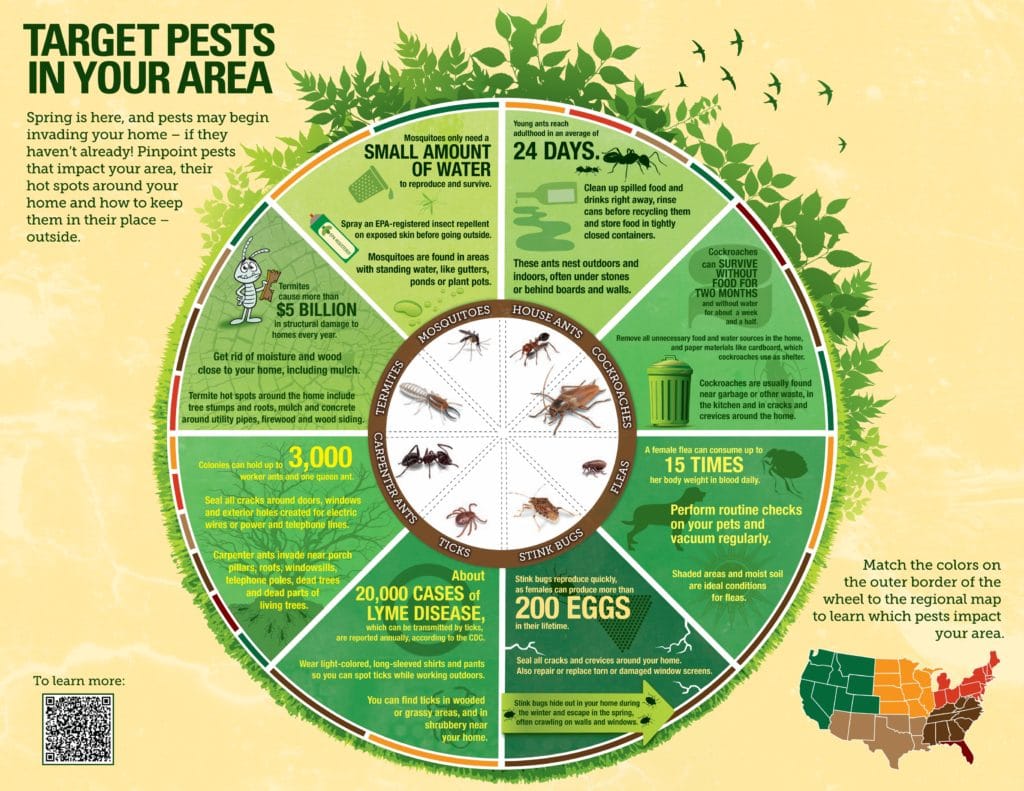By Gaining Understanding Into The Ins And Outs Of Rodent Nesting Habits, You Can Develop An Extensive Strategy To Rodent Control That Outwits These Pests
By Gaining Understanding Into The Ins And Outs Of Rodent Nesting Habits, You Can Develop An Extensive Strategy To Rodent Control That Outwits These Pests
Blog Article
Post By-Broussard Krag
When it concerns rodent control, comprehending common rodent actions is vital to successfully handling infestations. Did you know that rats have some interesting nesting habits that might stun you? By discovering their complex actions, you can obtain beneficial insights right into just how to take on rodent issues in a more tactical and efficient fashion. So, allow's untangle the enigmas behind these animals' activities and discover just how to outmaneuver them in your rodent control initiatives.
Rodent Nesting Behaviors
When observing rats in their natural habitat, you'll discover that they actively seek materials to construct their nests. Rats, such as computer mice and rats, are resourceful animals that utilize a range of things like twigs, leaves, paper, and textile to develop their homes. They're careful in their nest-building process, typically lining their nests with softer products like fur or feathers to create a comfy atmosphere.
Rats prefer to construct their nests in hidden and secure locations to protect themselves and their young from killers. Usual nesting red fire ant killer include wall surface tooth cavities, attic rooms, basements, and also within insulation products. By constructing their nests in these private areas, rats can safely elevate their offspring far from prospective dangers.
It is important to understand the nesting practices of rats when implementing control procedures. By interrupting their nests or removing products, you can inhibit rodents from developing a visibility in your house or building. Appropriate sanitation and sealing off entry factors are additionally critical steps in preventing rodent problems.
Rodent Feeding Patterns
After observing rodents' nesting behaviors, it comes to be apparent that their feeding patterns play a critical function in their day-to-days live and behaviors. Rodents, including computer mice and rats, are opportunistic feeders, suggesting they'll take in whatever food source is readily available. They're mostly nighttime animals, favoring to forage for food during the cover of evening to avoid killers.
Rats have a diverse diet, ranging from grains, seeds, fruits, and vegetables to pests, nuts, and even small animals. This adaptability in their food selections enables them to flourish in numerous settings, consisting of urban areas where human food sources are plentiful.
Their feeding patterns aren't only driven by cravings but also by the need to stockpile food for times of shortage. This actions is specifically recognizable to prepare for winter months or when nesting. Rats are recognized to hoard food in their nests or burrows, making certain a constant food supply. Understanding black flying termites feeding patterns is crucial in applying reliable rodent control measures to interrupt their food sources and prevent infestations.
Rodent Motion and Travel
Rats browse their environments with dexterity and stealth, using their keen detects to move quickly with their atmospheres. These creatures are adept mountain climbers, able to range walls and vertical surface areas easily. They can also squeeze with surprisingly small openings, making it essential to seal any type of potential entry factors in your home.
When it pertains to traveling, rodents tend to comply with familiar paths, producing routes along wall surfaces or skirting the sides of areas. They're creatures of habit, usually sticking to these established routes as they forage for food or explore their surroundings.
Rodents are known for their nighttime habits, so you might hear them hurrying around at night as they search for food and water. Their movements fast and erratic, permitting them to dart in and out of sight in the blink of an eye.
Understanding how rats move and take a trip can help you determine prospective invasion areas in your house and take positive steps to avoid these parasites from getting a foothold.
Final thought
As you function to manage rats in your home, keep in mind that recognizing their actions is essential. By identifying their nesting behaviors, feeding patterns, and activity, you can effectively avoid infestations.
Together, by taking termite control companies to remove food resources and seal off entry factors, you can disrupt their familiar paths and compel them to seek new locations, ultimately reducing the possibility of rodent existence in your space.
